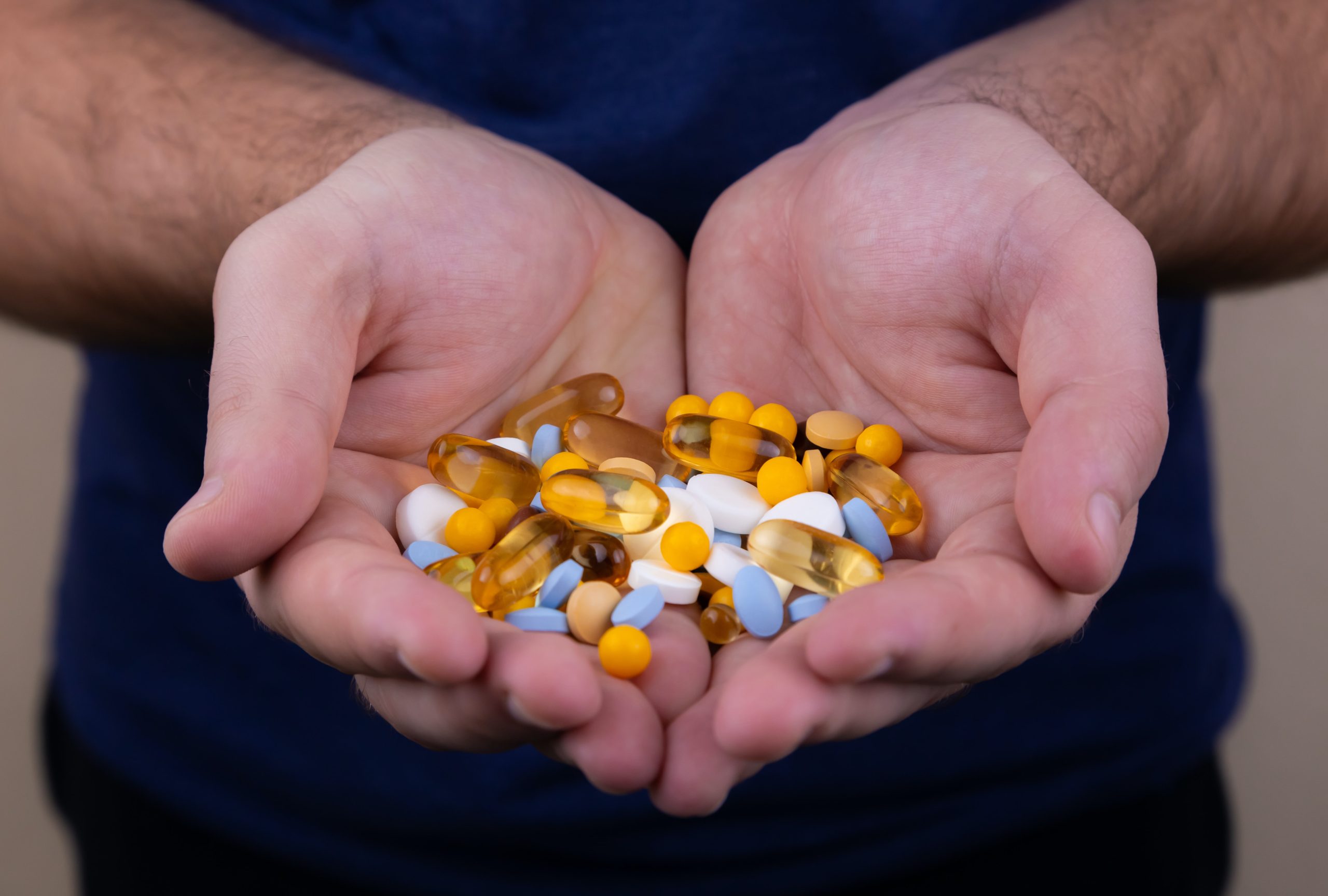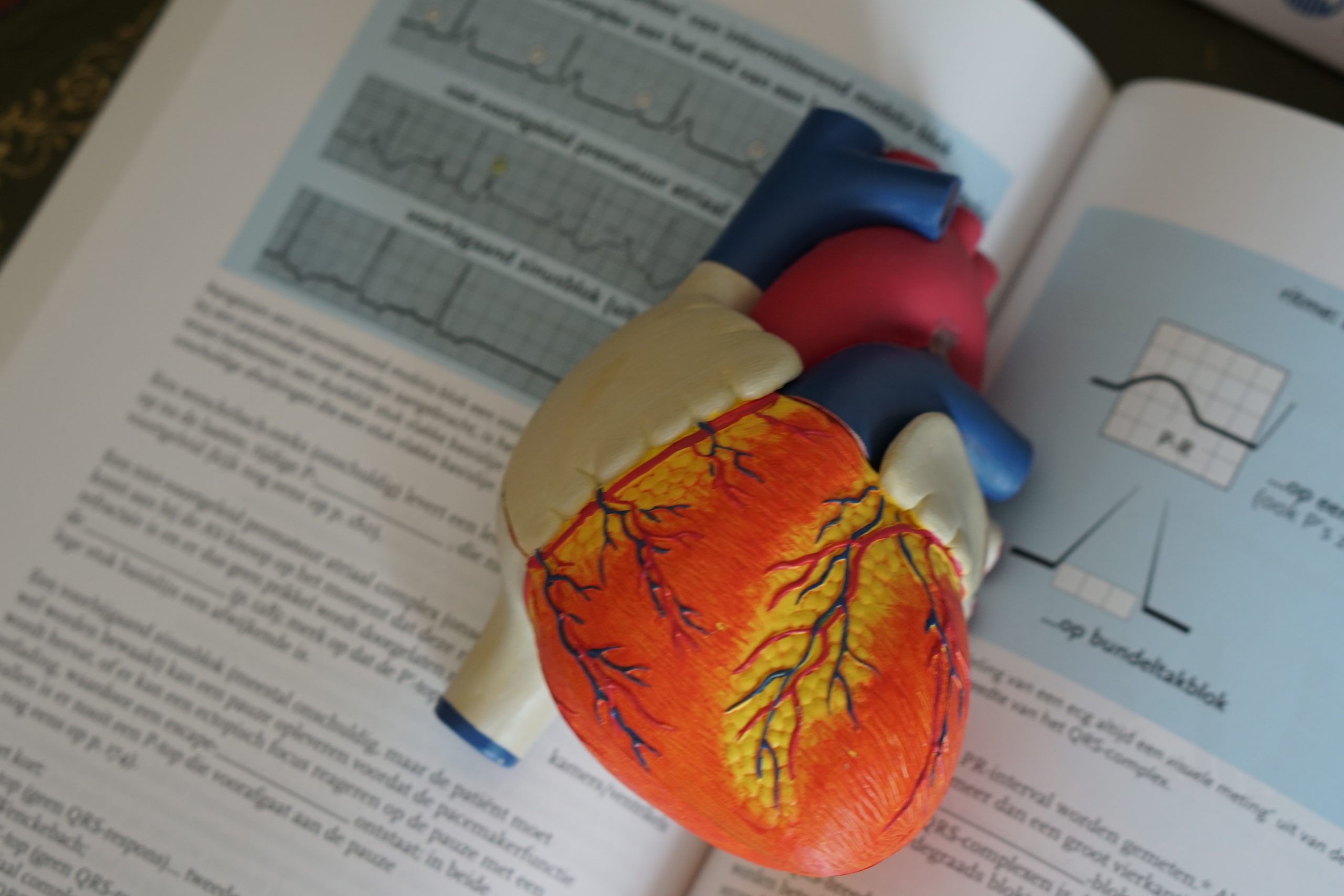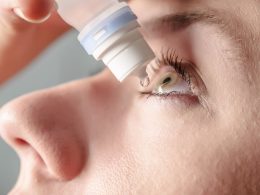Antibiotic resistance is one of the greatest challenges facing the medical community today. With bacteria, viruses, and other infectious agents becoming more and more resistant to commonly used antibiotics, healthcare professionals are scrambling for solutions. But what exactly is antibiotic resistance, and how can we combat it? In this blog post, we’ll dive into the world of antibiotic resistance, exploring its causes and effects while offering insight into what the future of medicine might look like. Read on to learn more about this emerging issue and how you can help fight back against drug-resistant illnesses.
What is antibiotic resistance?
Antibiotic resistance is the ability of bacteria to resist the effects of an antibiotic. It occurs when bacteria mutate and develop the ability to survive in the presence of an antibiotic. Antibiotic resistance is a major problem in medicine. It is estimated that 2 million people in the United States are infected with antibiotic-resistant bacteria each year and that 23,000 people die as a result.
The use of antibiotics has led to the development of antibiotic-resistant bacteria. When antibiotics are used, they kill both good and bad bacteria. The good bacteria help keep the bad bacteria in check. However, when the good bacteria are killed, the bad bacteria are able to grow unchecked. These drug-resistant strains of bacteria are often more difficult to treat and can lead to serious illnesses and even death.
Antibiotic resistance is a growing problem because antibiotics are being prescribed more frequently and for conditions that they may not be effective against. For example, antibiotics are commonly used to treat viral infections such as colds and flu, even though they will not kill viruses. The overuse of antibiotics has led to the development of drug-resistant strains of viruses such as influenza A (H1N1) and norovirus.
It is important to use antibiotics only when necessary because this helps to slow down the development of drug-resistant strains of bacteria. When you do need to take antibiotics, be sure to take them exactly as prescribed by your health care provider.
How does antibiotic resistance happen?
Antibiotic resistance occurs when bacteria evolve to become resistant to the antibiotics that are used to treat infections. This can happen in several ways:
1. Natural selection: Bacteria that are naturally resistant to antibiotics will survive and multiply in the presence of an antibiotic, while non-resistant bacteria will die. Over time, this can lead to an increase in the proportion of antibiotic-resistant bacteria in a population.
2. Mutations: Random mutations in the DNA of bacteria can sometimes result in antibiotic resistance.
3. Horizontal gene transfer: This is a process whereby bacteria can share pieces of DNA with each other, including genes for antibiotic resistance. This can happen between different strains of bacteria, or even between different species of bacteria.
The dangers of antibiotic resistance
The overuse of antibiotics has led to the development of antibiotic resistance in bacteria. This is when bacteria develop the ability to survive and even thrive after exposure to an antibiotic. Antibiotic resistance is a major problem because it can make infections difficult or impossible to treat.
Bacteria can develop antibiotic resistance through several mechanisms, including mutation and horizontal gene transfer. When a bacterium mutates, it changes in a way that makes it resistant to an antibiotic. Horizontal gene transfer occurs when a bacterium acquires resistance genes from another bacterium.
Antibiotic resistance is a global problem that is only getting worse. As more and more bacteria become resistant to our existing antibiotics, we are running out of options for treating infections. This is especially concerning given the rise of drug-resistant superbugs, which are bacteria that are resistant to multiple antibiotics.
The best way to combat antibiotic resistance is to prevent it from happening in the first place. This means using antibiotics only when necessary and ensuring that they are used properly. We also need to discover new antibiotics and develop better ways to prevent and treat infections.
How to prevent antibiotic resistance
The overuse of antibiotics has led to the development of antibiotic resistance in bacteria. When antibiotics are used too often, the bacteria they are intended to kill become resistant to the effects of the drug. This means that the next time you get sick, the antibiotic may not work.
To prevent antibiotic resistance, it is important to use antibiotics only when they are needed. This means using them to treat a bacterial infection, not a viral infection like a cold or the flu. Antibiotics should also be taken as prescribed by your doctor – all of the medication, for the full length of time prescribed. Do not share antibiotics with others, and do not save them for later use.
The future of medicine and antibiotic resistance
The future of medicine is changing. Antibiotic resistance is a huge problem that scientists are scrambling to find solutions to. Here’s what you need to know about antibiotic resistance and the future of medicine.
What is antibiotic resistance?
Antibiotic resistance occurs when bacteria mutate and become resistant to the antibiotics used to treat them. This means that the bacteria can continue to grow and spread, even after being exposed to antibiotics.
Antibiotic resistance is a major problem because it can make infections more difficult to treat. In some cases, antibiotic-resistant infections can lead to death.
How is antibiotic resistance changing the future of medicine?
Scientists are working hard to find new antibiotics, but the pace of development is slow. In the meantime, we need to do everything we can to prevent antibiotic resistance from happening in the first place. This means using antibiotics only when they’re absolutely necessary, and following your doctor’s instructions on how to use them correctly.
It’s also important to practice good hygiene habits and get vaccinated against diseases like influenza, which can make you more susceptible to developing bacterial infections. Reducing our reliance on antibiotics is crucial for ensuring that these life-saving medications remain effective for future generations.
Conclusion
Even though antibiotic resistance has become a serious problem, it doesn’t mean that our fight against infectious diseases is lost. By understanding how antibiotic resistance works and developing new treatments for infections, we can take steps towards preventing the emergence of increasingly resistant bacteria. With increased awareness and better preventive measures like improved sanitation practices, we can prevent this issue from becoming an even greater threat to public health in the future.










